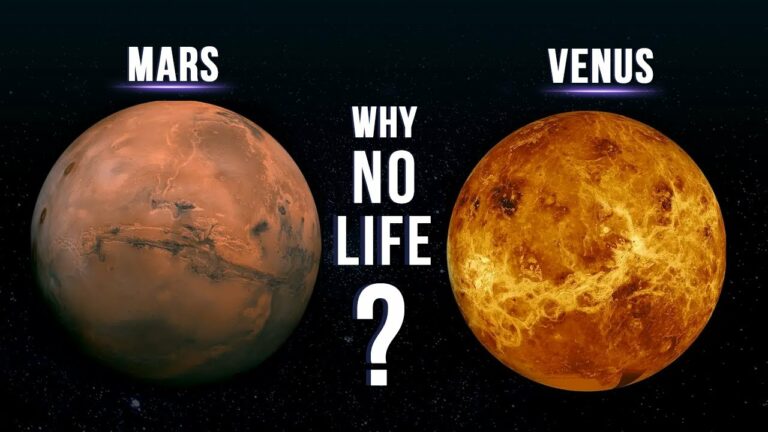Why Don’t Venus And Mars Have Life If They Are Both In The Habitable Zone?
The habitable zone is a region of the solar system where temperatures allow liquid water to exist on a planet, that is, a region that is neither too hot nor too cold. Did you know that there are three planets within the habitable zone in our solar system?
The habitable zone
The habitable zone is an area around a star within which temperatures between 32°F (0°C or 273K) and 212°F (100°C or 373K) are reached. That is, the habitable zone corresponds to the area around a star where the average temperature of the planets there would allow liquid water on its surface.
Other factors for habitability
The existence of liquid water on a planet does not depend only on the amount of energy it receives from its star. Atmospheric pressure also plays a vital role in the presence of water. Some of these other factors are:
Greenhouse effect: carbon dioxide in a planet’s atmosphere generates the well-known greenhouse effect, due to which much of the radiation from the star cannot escape from the planet’s surface.
Albedo: is called albedo to the level of reflectivity of the surface of the planets or celestial bodies.
The habitable zone of other stars
The main factor that determines the extent and characteristics of the habitable zone is stellar luminosity. As such,
Venus and Mars: habitable or not?
As we have already seen, the habitable zone of our solar system hosts three planets, Venus, Earth, and Mars; however, of those three, only Earth has life. Not only that but Venus and Mars are a long way from habitable planets.
1. Dough
Low-mass planets are bad candidates for life for two reasons. First, its low gravity makes conserving the atmosphere difficult.
2. Orbit and rotation of the planet
As in the other criteria, stability is critical in determining the effect of orbital and rotational characteristics on planetary habitability.
Do not forget to share your opinion with us to provide you with the best posts !




0 Comments